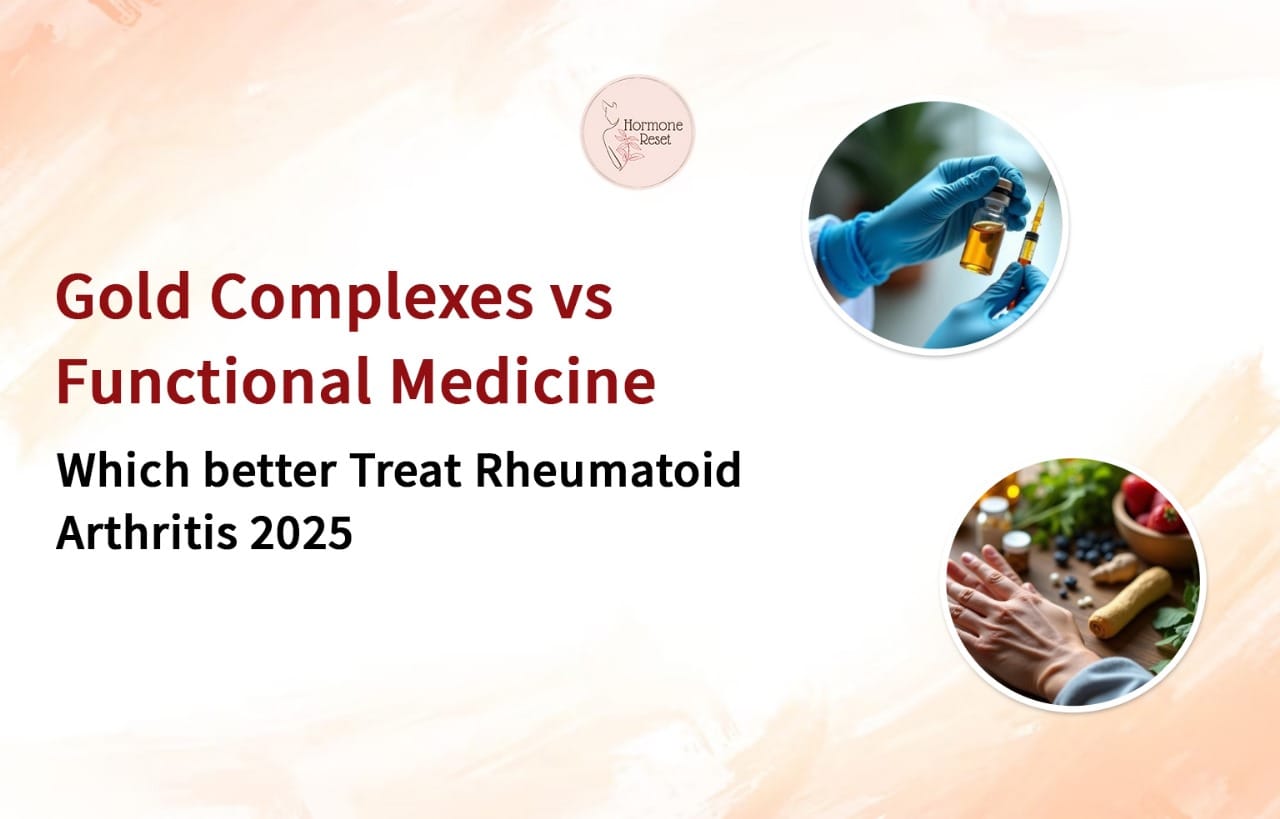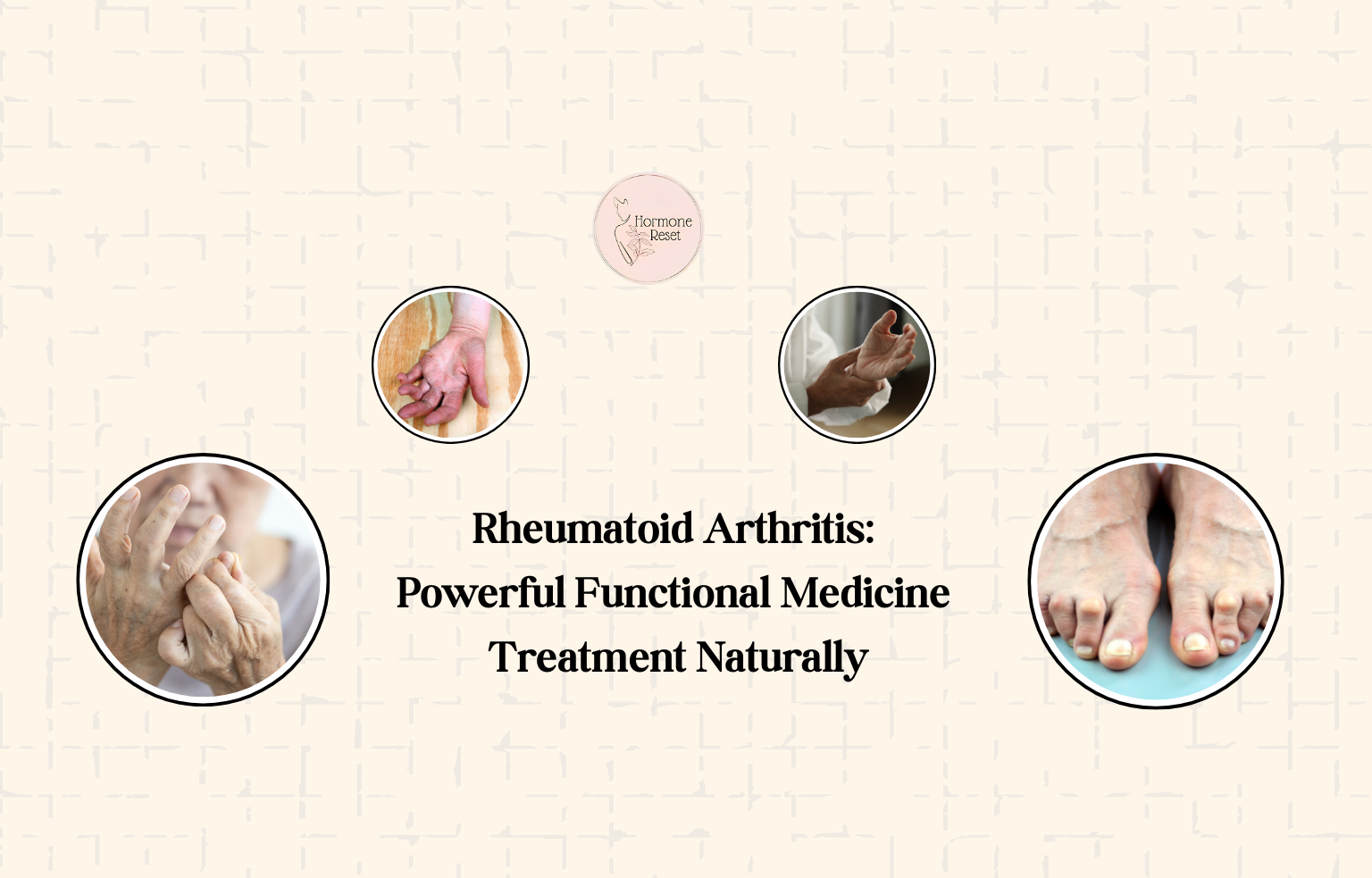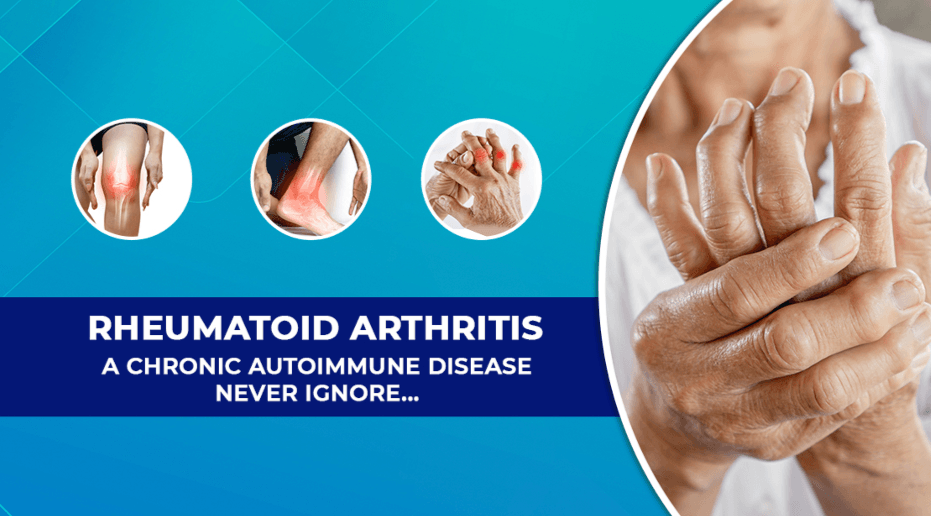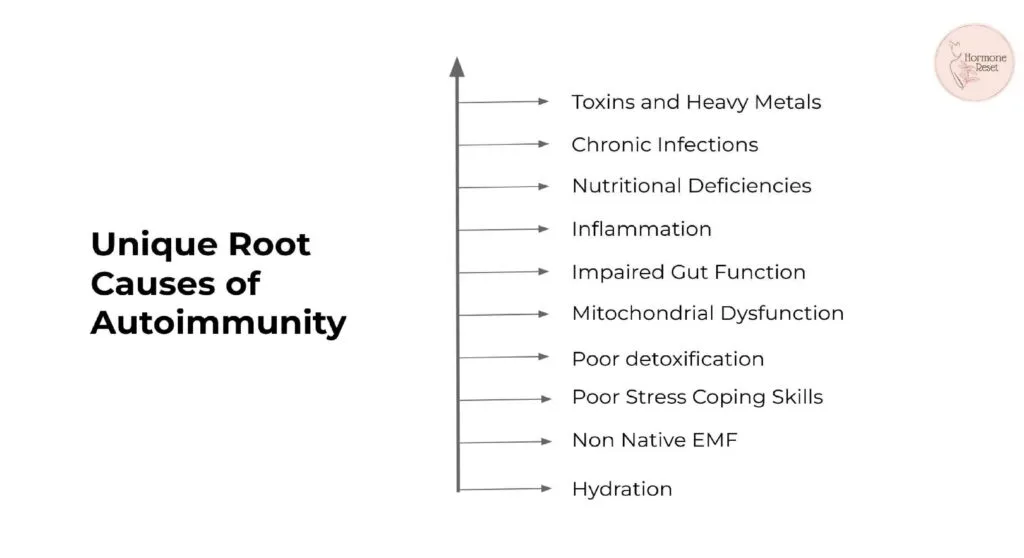Gold Complexes vs Functional Medicine: If you’re among the 0.5-1% of the global population battling rheumatoid arthritis, you’ve likely explored various treatment options for this chronic inflammatory disease. The treatment of rheumatoid arthritis with gold complexes has a long-standing history in medical practice, dating back to 1985 when auranofin was first introduced. Despite newer therapies emerging, gold salts remain relevant because 70-75% of rheumatoid arthritis patients respond positively to this treatment.
Clinical evidence supports the effectiveness of gold therapy, with four trials involving 415 patients demonstrating a statistically significant benefit when compared to placebo. In fact, gold treatment for rheumatoid arthritis shows a 30% improvement in reducing swollen joints compared to placebo groups. However, this effectiveness comes with concerns—22% of patients receiving gold treatments withdraw due to toxicity, compared to only 4% in control groups. Meanwhile, functional medicine approaches offer alternative strategies focusing on addressing root causes rather than symptom management.
This comparison raises an important question for your treatment journey: should you consider traditional gold-based therapies with proven clinical outcomes but higher side effect profiles, or explore functional medicine approaches that promise fewer side effects but may have less robust clinical evidence?
In this article, we’ll examine both options to help you make an informed decision about your rheumatoid arthritis management.
Mechanisms of Action: Gold Complexes vs Functional Medicine
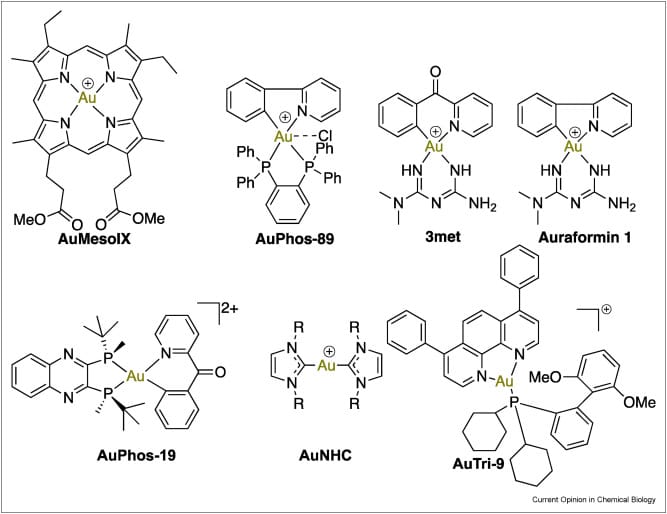
Rheumatoid arthritis treatments function through distinctly different pathways. Understanding these mechanisms helps explain their respective benefits and limitations.
Gold Salts and Immune Modulation in RA
Gold complexes work primarily by modulating the immune response in rheumatoid arthritis. Auranofin, approved in 1985, manages autoimmune activity by inhibiting immune cell infiltration to inflammation sites. The gold compounds suppress T cell mitogenesis and macrophage cytotoxicity—with notably greater effects in patients with active RA. Additionally, gold concentrates within lysosomes of tissue macrophages, decreasing enzyme release and indirectly inhibiting pro-inflammatory cytokines such as IL-8 and IL-6 by blocking the NF-kB signalling pathway. These mechanisms collectively reduce joint pain, swelling, and decrease levels of immunoglobulins and rheumatoid factors in the bloodstream.
Functional Medicine: Gut Health, Inflammation and Autoimmunity
Conversely, functional medicine adopts a systems-based approach, evaluating all physiological systems to understand potential root causes of autoimmunity. This methodology places gut health at the centre of rheumatoid arthritis treatment, recognising that dysbiotic gut microbiome and compromised intestinal permeability (“leaky gut”) contribute significantly to RA development. Evidence suggests that RA may actually emerge from mucosal tissues and dysbiosis before joint problems manifest. Studies reveal that patients with RA have reduced levels of beneficial bacteria like Faecalibacterium, which generates anti-inflammatory butyrate. Furthermore, gut virome biomarkers are significantly decreased in RA patients compared to healthy controls.
Targeted vs Systemic Approaches to RA Management
Although both approaches address inflammation, gold therapy offers a targeted approach through specific immune suppression, whereas functional medicine provides a holistic strategy. Gold complexes directly impact inflammatory pathways through defined protocols of injections or oral administration. In contrast, functional medicine personalises treatment based on individual factors, addressing nutritional deficiencies, removing inflammatory foods (especially gluten), managing stress through mind-body practises, and ensuring adequate hydration for joint lubrication. While gold therapy demonstrates direct anti-inflammatory effects, functional medicine addresses multiple contributing factors simultaneously.
Clinical Efficacy in Rheumatoid Arthritis
Clinical measurements provide objective insights into treatment effectiveness for rheumatoid arthritis. Several parameters help evaluate therapeutic responses across different approaches.
Swollen Joint Reduction: 30% Improvement with Gold Injections
Gold injections demonstrate measurable efficacy in clinical trials, with patients receiving injectable gold experiencing 30% fewer swollen joints compared to those receiving placebo. Moreover, this corresponds to a standardised weighted difference of -0.5 between gold and placebo groups. Remarkably, approximately 10-20% of patients who start on intramuscular gold achieve complete long-term remission when maintained on injections every 2-4 weeks.
Patient and Physician Global Assessments: Gold vs Functional Protocols
According to clinical data, patient global assessment (PGA) serves as one of the most widely used patient-reported outcomes in rheumatoid arthritis practice. Interestingly, the perspective regarding disease state often differs between patients and physicians, with discordance frequency ranging from 36-51%. For gold therapy specifically, statistically significant differences favouring gold were observed for physician assessment (effect size 0.6) and patient assessment (effect size 0.4). In contrast, functional medicine approaches show improvement in patient-reported PROMIS global physical health scores with an average change 2.84 points greater compared to standard care alone.
ESR and Inflammatory Markers: Comparative Outcomes
Erythrocyte sedimentation rate (ESR) serves as a routine haematological test used to detect and monitor inflammatory activity. During gold treatment, a statistically significant difference of 13 mm reduction in ESR was observed compared to placebo. Gold therapy also shows significant benefits for C-reactive protein (CRP) levels. Comparatively, functional medicine interventions can help reduce inflammatory markers through dietary modifications and stress management techniques.
Functional Medicine Case Studies and Remission Rates
Remission rates vary considerably across treatment approaches. Overall remission rates in the Asia-Pacific region range from 17.1% to 62.3% according to different remission criteria. For functional medicine specifically, one retrospective study showed statistically significant improvements in pain scores (0.92 points less compared to standard care). Furthermore, the average change in physical health score was 2.84 points greater in the functional medicine group compared to standard care.
Safety and Side Effects Profile
Safety considerations play a vital role when selecting treatment options for rheumatoid arthritis. Gold complexes treatment of rheumatoid arthritis comes with distinct risk profiles that must be weighed against potential benefits.
Toxicity Withdrawals: 22% in Gold Therapy vs Minimal in Functional Medicine
The safety profile of gold therapy reveals withdrawal rates. Studies show 22% of patients receiving gold treatments withdraw due to toxicity compared to merely 4% of patients taking placebo. Generally, 30% of patients discontinue gold therapy entirely versus 15% on placebo. Among those who interrupt treatment, 43.2% do so because of adverse events. Even more striking, the probability of discontinuation increases over time—42% after one year, rising to 92% after ten years. Regarding specific reactions, withdrawals from mucocutaneous toxicity are 4.2 times more likely in gold-treated patients.
Organ-Specific Reactions: Skin, Renal, and Haematological Effects
Gold injections can trigger numerous organ-specific reactions. Firstly, mucocutaneous side effects dominate initially, including dermatitis, stomatitis (13%), rash (24%), and pruritus (17%). Secondly, haematological complications include thrombocytopenia in 1-3% of patients, with approximately 3% requiring discontinuation due to blood disorders including leucopenia and thrombocytopenia. Thirdly, renal issues such as proteinuria and nephrosis may develop. Other documented effects include dizziness, nausea, vomiting, and in serious cases, eye pain, mood changes, and breathing difficulties.
Long-Term Safety: Gold Accumulation vs Lifestyle-Based Interventions
Long-term gold accumulation presents unique concerns since gold is never completely eliminated from the body. Indeed, gold traces remain detectable in tissues 23 years after treatment cessation. Gold primarily accumulates in kidney, lymph nodes, liver, and synovial tissues, with elimination occurring through urine (75%) and faeces (25%). Two types of persistent effects include chrysiasis (bluish-grey skin discoloration) and corneal chrysiasis (golden ring around the cornea), typically occurring after cumulative doses exceed 1.5g. Subsequently, these effects can be triggered by light exposure, particularly in previously treated patients undergoing red to near-infrared pulsed laser treatments.
Accessibility, Cost and Patient Suitability
Practical considerations often determine treatment selection between traditional and alternative approaches for rheumatoid arthritis.
Gold Injection Protocols: Frequency, Monitoring and Cost
Gold therapy follows a specific dosing schedule beginning with a 10mg test dose in week one, followed by 50mg weekly injections until response occurs (maximum 1000mg total). Subsequently, intervals gradually extend from fortnightly to 3-5 weeks, potentially reaching 6-8 weeks after 18-24 months. Rigorous monitoring remains essential throughout treatment—blood tests weekly for injections 2-8, fortnightly for 12 weeks, then monthly, alongside urinalysis before every injection and annual chest x-rays. Cost considerations include £3.80 per 10mg ampoule and £11.23 per 50mg ampoule, with insurance coverage varying significantly between providers.
Functional Medicine: Personalisation, Supplements and Lab Testing
Functional medicine acknowledges limitations in one-size-fits-all approaches—66% of patients fail to achieve complete symptom resolution with standardised treatments. Instead, personalisation through comprehensive testing guides interventions. Essential assessments may include comprehensive blood panels interpreted using narrower functional ranges (TSH 1.0-2.5 mIU/L versus conventional 0.5-4.5 mIU/L), gut microbiome analysis, hormonal testing via DUTCH panels, food sensitivity through Mediator Release Testing, and toxin exposure evaluations.
Which Patients Benefit Most from Each Approach?
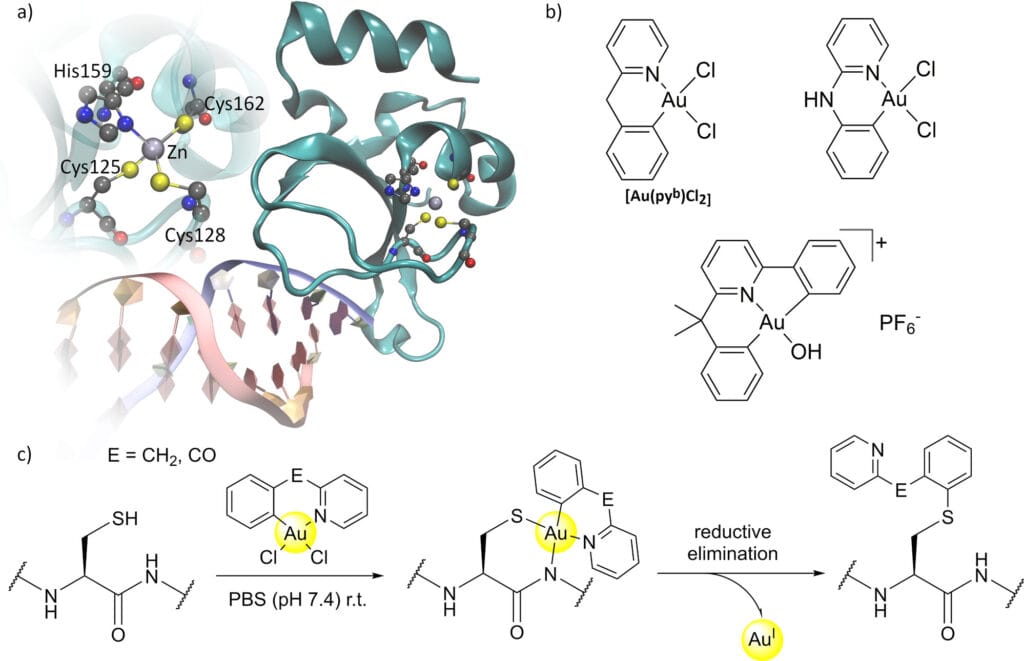
Patients best suited for gold therapy include those requiring documented efficacy—approximately 70-75% respond positively, with treatment effects gradually diminishing after discontinuation. Nonetheless, 43% withdraw due to toxicity versus 19% on methotrexate. Conversely, functional medicine particularly benefits patients with complex presentations requiring individualised care, those susceptible to medication side effects, or individuals prioritising addressing root causes over symptom management.
Comparison Table
| Aspect | Gold Complexes | Functional Medicine |
| Primary Mechanism | Immune modulation through T cell suppression and macrophage inhibition | Systems-based approach focusing on gut health and microbiome balance |
| Treatment Protocol | Weekly 50mg injections initially, extending to 3-5 weeks intervals | Personalised approach based on individual factors |
| Withdrawal Rate | 22% due to toxicity (vs 4% placebo) | Minimal (not specifically quantified) |
Side Effects
- Stomatitis (13%)
- Thrombocytopenia (1-3%)
- Dermatitis (24% rash)
- Permanent gold accumulation | Minimal reported adverse effects | | Monitoring Requirements | Weekly blood tests initially, then fortnightly for 12 weeks, followed by monthly tests | Comprehensive testing including blood panels, gut microbiome, hormonal testing | | Cost Indicators | £3.80 per 10mg ampoule £11.23 per 50mg ampoule | Not specifically mentioned | | Best Suited For | Patients requiring documented efficacy with tolerance for side effects | Complex presentations
- Side effect-sensitive patients
- Those seeking root cause treatment | | Long-term Impact | Gold traces detectable up to 23 years after treatment | Not specifically mentioned |
Conclusion
The battle between gold complexes and functional medicine for rheumatoid arthritis treatment essentially boils down to a choice between established efficacy with higher risks versus holistic approaches with fewer documented side effects.
Gold therapy undoubtedly offers quantifiable benefits with its impressive 70-75% response rate and 30% reduction in swollen joints compared to placebo. Additionally, the well-established protocols provide clear guidance for implementation and monitoring. Nevertheless, these benefits must be weighed against significant drawbacks—notably the 22% withdrawal rate due to toxicity and long-term gold accumulation in body tissues lasting up to 23 years after treatment cessation.
Functional medicine, conversely, addresses rheumatoid arthritis through a systems-based lens, primarily targeting gut health and underlying inflammatory triggers. While this approach lacks the same level of clinical documentation as gold therapy, it offers minimal reported adverse effects and personalized treatment paths. Furthermore, functional medicine particularly suits patients with complex presentations or those sensitive to conventional medication side effects.
Your choice between these two approaches ultimately depends on personal health priorities. You might prefer gold therapy if documented efficacy outweighs side effect concerns for your situation. Alternatively, functional medicine might better serve you if addressing root causes with minimal adverse effects aligns with your treatment philosophy. Regardless of your decision, consulting healthcare professionals specialising in both conventional and functional medicine will help ensure you select the most appropriate treatment path for your specific rheumatoid arthritis manifestation.
Stay updated with the latest information on functional medicine
Please subscribe to our social channels for updates related to functional medicines.
Instagram: thehormonereset
Facebook: Hormone Reset
YouTube: Hormone Reset Program
LinkedIn: Hormone Reset
FAQ’S
- Is gold therapy still a viable treatment for rheumatoid arthritis?
- Gold therapy is still available but less common due to side effects, with 70–75% responding positively and 22% stopping due to toxicity.
- How does functional medicine approach rheumatoid arthritis treatment?
- Functional medicine treats rheumatoid arthritis holistically, focusing on root causes like gut health, nutrition, and lifestyle for personalized care.
- What are the main differences between gold therapy and functional medicine for rheumatoid arthritis?
- Gold therapy reduces swollen joints by ~30% but has higher side effects, while functional medicine offers personalized, root-cause-focused care with fewer side effects.
- How long do the effects of gold therapy last in the body?
- Gold can remain in body tissues for up to 23 years, potentially causing persistent effects like chrysiasis (bluish-grey skin).
- What monitoring is required for gold therapy in rheumatoid arthritis treatment?
- Gold therapy requires frequent blood tests, urinalysis before injections, and annual chest x-rays to monitor safety.

